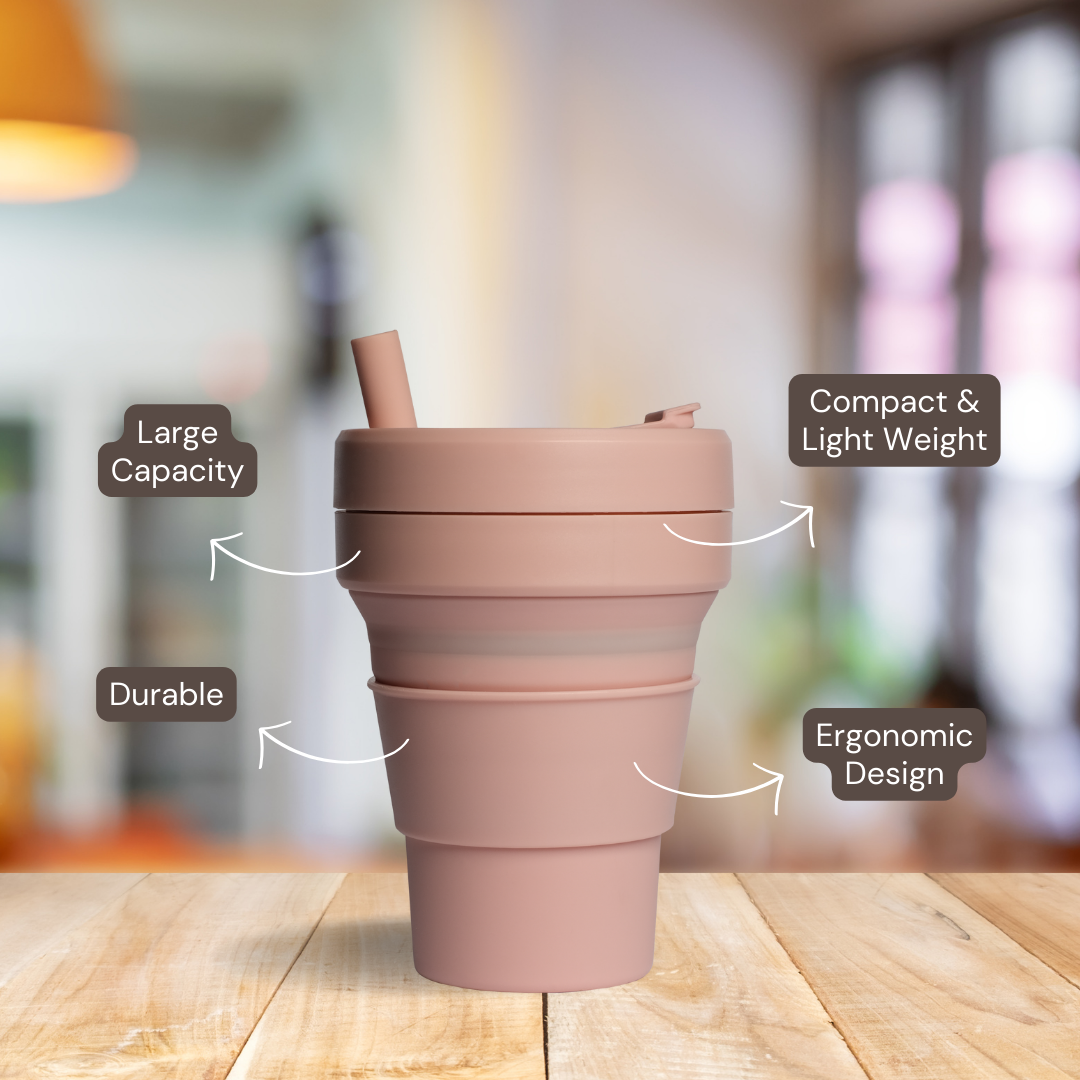Cracking the Code: Mastering Amazon A9 Algorithm for Improved Ranking
Enter the enigmatic guardian of Amazon’s digital gates: the A9 algorithm. Much like the secret recipe behind a cherished family dish, the A9 algorithm is the cornerstone of Amazon’s search engine, determining which products appear at the forefront of a customer’s search. It wields unparalleled power, capable of transforming a humble product listing into a bestseller or relegating it to digital obscurity.
In the pages that follow, we will demystify what is a9, exploring its inner workings and unraveling the secrets of Amazon’s search ranking system. Whether you’re an aspiring entrepreneur launching your first product or a seasoned seller looking to sharpen your digital arsenal, the insights within these chapters will empower you to harness the power of Amazon’s algorithm to your advantage.
So, fasten your seatbelt and prepare to embark on a journey through the digital labyrinth that is Amazon’s A9 algorithm. By the time you turn the final page of this book, you will have the knowledge and tools needed to not only crack the code but also to emerge victorious in the competitive world of e-commerce, leaving your competitors in the dust as you claim your rightful place among the top search results on Amazon.
Why is it called A9?
Amazon’s algorithm is known as A9, named after the company’s subsidiary that handles SEO. If you have performed a search on Amazon, you have used the A9 search engine.
What is the Amazon A9 algorithm 2024?
Based on client search queries, A9 algorithm chooses which goods to display at the highest position of its search .
Selling goods is Amazon’s main objective. As a result, the search engine has been taught to give preference to product ads with a strong track record of revenue and conversions over those that overuse KW. It can have a compounding impact.
It’s more probable for the item you sell to appear high in the search outcomes on the Amazon when it has a strong sales record.
The greater amount of traffic it receives, higher it climbs. But the more revenue it can generate, the greater amount of traffic it receives. It resembles an endless loop that might boost its percentage of naturally derived sales.
The 9 Key Factors Amazon’s A9 Algorithm Considers When Ranking Products
In the competitive world of e-commerce, understanding how the Amazon A9 algorithm ranks products is essential for any seller looking to thrive on the platform. Amazon’s algorithm takes numerous factors into account to determine the order in which products appear in search results. Let’s dive deep into the key factors that influence Amazon product rankings:
Keyword Relevance
Keywords are the breadcrumbs that lead customers to your product. Amazon’s A9 algorithm places significant emphasis on keyword relevance when ranking products. It assesses how well a product’s title, description, and backend keywords align with the search terms entered by potential buyers.
To optimize your product’s ranking, meticulous keyword research is imperative. This involves identifying high-relevance keywords that are frequently used by your target audience and incorporating them seamlessly into your product listing.
Conversion Rate
Conversion rate is the holy grail of e-commerce success. It is the percentage of visitors to your product page who make a purchase. Amazon’s A9 algorithm keeps a watchful eye on this metric.
A high conversion rate signals to the algorithm that your product is not only relevant but also appealing and trustworthy to customers. To boost your conversion rate, focus on providing detailed and accurate product information, high-quality images, competitive pricing, and a seamless shopping experience.
Discoverability
In the sprawling Amazon marketplace, getting discovered is half the battle. The A9 algorithm evaluates how easily your product can be found by potential customers. This involves considering factors like your product’s category, attributes, and the completeness of your product listing.
To enhance discoverability, make sure your product is correctly categorized, and provide as much relevant information as possible. This includes details like size, color, and other product specifications that customers might use as filters during their search.
Sales History
The A9 algorithm is not blind to your product’s sales history. It takes into account the number of sales your product has generated over time. Products with a track record of consistent sales tend to rank higher, as they are seen as more reliable and appealing to customers.
This presents a catch-22 situation for new sellers trying to establish themselves. However, a well-planned launch strategy, including promotions and advertising, can help kickstart your product’s sales history and boost its ranking.
Click-Through Rate (CTR)
Click-Through Rate (CTR) measures the percentage of users who click on your product when it appears in search results. A high CTR indicates that your product listing is compelling and relevant to the search query.
The A9 algorithm rewards products with higher CTR by ranking them more prominently. To improve your CTR, optimize your product’s title and images to make them visually appealing and ensure they accurately represent what your product offers.
Ratings and Reviews
Customer feedback is a powerful influencer in the world of e-commerce. Amazon’s A9 algorithm recognizes the importance of ratings and reviews in gauging a product’s quality and trustworthiness. Products with higher ratings and positive reviews are more likely to rank well.
Encourage satisfied customers to leave reviews and address any negative feedback promptly and professionally. Building a solid reputation for your product can significantly impact its ranking.
Price
Price is a crucial factor in Amazon’s A9 algorithm. The algorithm considers whether your product’s price is competitive within its category. Products that offer good value for money are more likely to rank higher. However, it’s essential to strike a balance between competitive pricing and maintaining a healthy profit margin. Continuously monitor and adjust your pricing strategy to remain competitive while ensuring profitability.
Product Availability
The A9 algorithm also factors in the availability of your product. If your product is frequently out of stock, it can negatively impact your ranking.
Amazon aims to provide customers with a seamless shopping experience, and an unavailable product is a frustrating dead-end for potential buyers. Implement robust inventory management practices to ensure your product is consistently in stock to maintain and improve its ranking.
Backend Keywords
While frontend keywords are visible to customers, backend keywords play a behind-the-scenes role in product ranking. These are hidden keywords that you can add to your product listing to improve its discoverability.
The A9 algorithm considers these keywords when determining your product’s relevance to search queries. Conduct thorough keyword research and use backend keywords strategically to enhance your product’s visibility without compromising the clarity and readability of your listing.
Product Graphics
The visual appeal of your product matters more than you might think. High-quality images and compelling product graphics can significantly influence a customer’s decision to click on your listing.
The A9 algorithm recognizes this and takes image quality into account when ranking products. Invest in professional product photography and use multiple images to showcase your product from different angles. Include lifestyle shots to help customers envision how your product fits into their lives.
What is the Amazon A9 10 algorithm?
After discussing the company’s A9 formula and the things that affect it, let’s now briefly discuss the A10 system, which has recently become the talk of the industry.
The upgraded Amazon search function uses the A10 technology. The Amazon sought to make consumer search more applicable with this update.
Amazon created the A10 Method, which is more client-focused after realizing that consumers want more data beyond what is offered by the merchants.
What is the difference between Amazon A9 and A10 algorithms?
Now, let’s delve into the specific aspects you mentioned:
Amazon A9 Algorithm: what is a9
Organic Sales:
A9: The A9 algorithm, which was primarily used before A10, focused on traditional search and discovery algorithms. It prioritized factors such as keywords in product titles, descriptions, and backend search terms. Organic sales were influenced by how well a product matched a customer’s search query and how well it performed in terms of sales velocity and customer reviews.
Geo Ranking: A9 also took into consideration the location of the user to some extent. For example, it would prioritize products available for Prime members in the user’s area and consider shipping times when ranking products.
Off-Site Sales: A9 did not have significant visibility into off-site sales or external traffic. Its ranking decisions were primarily based on on-site factors.
Internal Sales: A9 looked at a product’s historical sales data on Amazon to determine its ranking. This included factors like sales velocity, conversion rate, and customer reviews.
Seller Authority: Seller authority was not a prominent factor in the A9 algorithm. It was more focused on product-specific factors and user behavior.
Amazon A10 Algorithm:
Organic Sales:
A10: The A10 algorithm, introduced after A9, brought more sophistication to Amazon’s search and ranking capabilities. It placed a greater emphasis on relevance and personalization. Organic sales are influenced by a wider range of factors, including click-through rate (CTR), conversion rate, and customer behavior.
Geo Ranking:
A10: A10 continues to consider the user’s location, but it does so in a more refined manner. It personalizes search results based on a user’s location, but it also considers other factors like the user’s browsing and purchase history.
Off-Site Sales and Traffic:
A10: Unlike A9, A10 has more visibility into off-site sales and traffic. It takes into account external traffic sources, such as social media or paid advertising, that lead to Amazon product pages. If a product is driving significant external traffic and conversions, it may receive a boost in ranking.
Internal Sales:
A10: Internal sales data is still a significant factor, but A10 places more emphasis on recent sales data and trends. It’s not just about historical performance; it’s about how well a product is currently performing.
Seller Authority:
A10: Seller authority has become a more important factor in A10. Amazon looks at the overall performance of sellers, including their customer service metrics, return rates, and fulfillment capabilities. Sellers with better authority are more likely to have their products ranked higher.
The Amazon PPC Algorithm: How it Works
The Amazon PPC algorithm is a complex system that operates in real-time, constantly analyzing vast amounts of data to determine which ads to show. Here’s a detailed look at how it works:
Keyword Relevance
The foundation of Amazon PPC is keyword targeting. Sellers select relevant keywords for their products, and the algorithm matches these keywords with user search queries. Keywords play a critical role in determining when and where your ads are displayed.
Bidding
Sellers set bids for each keyword they target. The bid represents the maximum amount they are willing to pay when a user clicks on their ad. Bids are a crucial factor in ad placement, with higher bids often resulting in better visibility.
Budget
Sellers also set a daily budget for their campaigns. The algorithm takes this budget into account when determining when and how often to display your ads. Once your daily budget is exhausted, your ads will no longer be displayed for that day.
Ad Quality
In addition to bids and budgets, ad quality plays a significant role in the algorithm’s decision-making process. Amazon evaluates the quality of your ad and the relevance of your product to the keywords you’re targeting. Ads that provide a better user experience are more likely to be displayed.
Click-Through Rate (CTR)
CTR measures how often users click on your ad after seeing it. Ads with higher CTRs are seen as more relevant and are more likely to be displayed prominently. Amazon rewards high CTRs with better placement in search results.
Conversion Rate
The conversion rate is the percentage of users who make a purchase after clicking on your ad. Amazon considers this metric when determining ad placement. Ads that lead to more conversions are favored by the algorithm.
Relevance to the Search Query
The algorithm assesses how closely your product matches the user’s search query. Ads that are highly relevant to the search query are more likely to be displayed.
Historical Performance
The algorithm takes into account the historical performance of your campaigns. It considers past click-through rates, conversion rates, and overall campaign performance to determine future ad placements.
Competitor Bidding
Your competitors’ bidding strategies also influence ad placement. If a competitor raises their bid for a keyword, it may impact your ad’s visibility.
Ad Formats
Amazon offers various ad formats, including Sponsored Products, Sponsored Brands, and Sponsored Display ads. The algorithm selects the appropriate ad format based on the user’s search query and your campaign settings.
Ad Placement
Ads can appear in search results, product detail pages, and other parts of the Amazon platform. The algorithm decides where your ads will be displayed based on user behavior and campaign settings.
Ad Scheduling
Sellers can choose when their ads are displayed by setting ad scheduling preferences. The algorithm respects these preferences when determining ad placement.
Real-Time Decision Making
One of the remarkable aspects of the Amazon PPC algorithm is its ability to make real-time decisions. When a user enters a search query, the algorithm instantly assesses all relevant factors, including bids, budgets, ad quality, and historical performance, to determine which ads to display. This rapid decision-making process ensures that users see the most relevant and engaging ads.
Ongoing Optimization
Succeeding with Amazon PPC involves ongoing optimization. As your campaign runs, you’ll gather data on how your ads perform. You can use this data to refine your campaign strategy. Here are some key optimization strategies:
Keyword Research: Continually research and update your list of keywords. Identify high-performing keywords and add them to your campaigns while removing underperforming ones.
Bid Management
Adjust your bids regularly based on the performance of your keywords. Increase bids for top-performing keywords and decrease bids for those with low ROI.
Negative Keywords
Use negative keywords to exclude irrelevant traffic. This ensures that your ads are displayed to the most relevant audience.
Ad Copy and Creatives: Test different ad copy and creative elements to find what resonates best with your audience. A/B testing can help improve ad performance.
Product Listings
Ensure that your product listings are optimized with high-quality images, detailed descriptions, and competitive pricing. A well-optimized product page can improve ad performance.
Campaign Structure
Organize your campaigns and ad groups logically. This makes it easier to manage and optimize your advertising efforts.
Monitor Competitors
Keep an eye on your competitors’ strategies. If they are consistently outbidding you, consider adjusting your bids or targeting different keywords.
Conclusion
In conclusion, understanding Amazon’s A9 algorithm is crucial for sellers looking to boost their product rankings and increase visibility on the platform. This algorithm is designed to provide Amazon customers with the most relevant and high-quality product listings, which means that optimizing your listings in line with A9’s principles can significantly impact your success as a seller.








